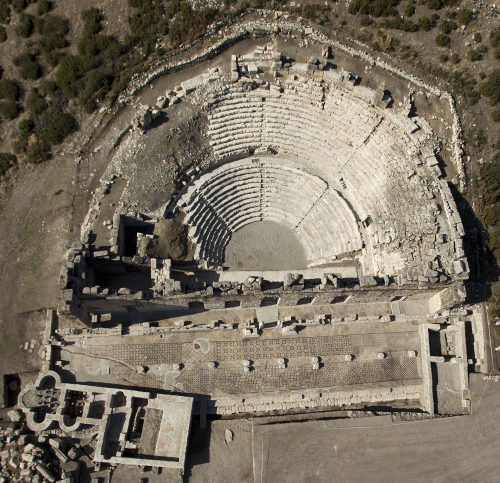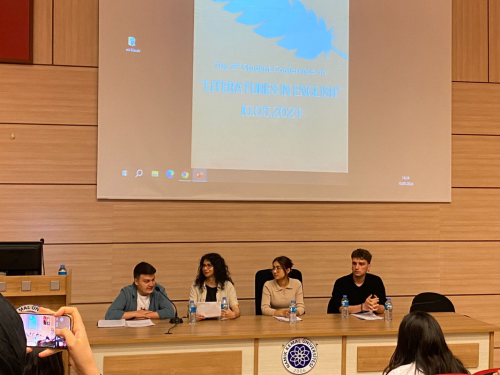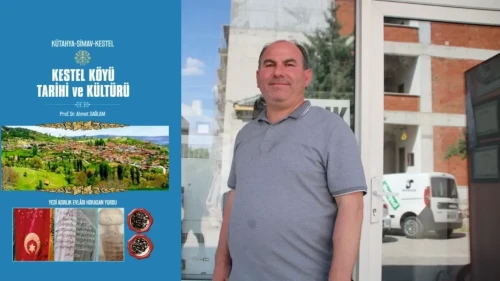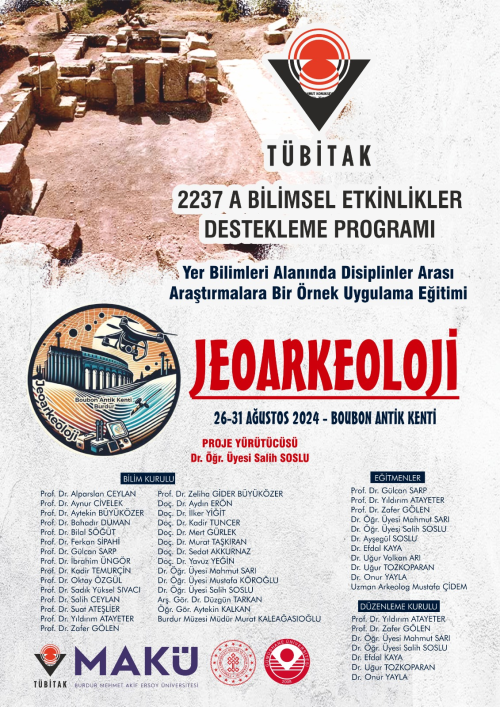Our History Department faculty member, Gedizli Historian Prof. Dr. Ahmet Sağlam’s latest book, article, and video works on village histories related to local history, titled “Kestel Köyü, Tarihi ve Kültürü” has been published.
Professor Sağlam has added a new one to his article and book works on the local history of the Kütahya region, outside of his area of expertise. Sağlam's latest book on the history and culture of Simav Kestel village has been released.
The book has the distinction of being the first of its kind in our country in terms of method, style, and content arrangement. In the study, which appeals to both the academic community and people from all walks of life, Ottoman archive documents are taken into account, while the study, which draws a general framework from past to present, also has the quality of an exemplary village history research. The most important sections of the book consist of the venerable personalities buried in the village and the valuable relics preserved in the village.
Prof. Dr. Ahmet Sağlam, who stated that Kestel Köyü is one of the first villages established in the region after the 1300s when Western Anatolia became a permanent Turkish-Islamic homeland, said, “The village was established by people belonging to the Kestel nomadic community of the Avşar Tribe, which is one of the twenty-four Oghuz Turkish tribes most mentioned. The name of the village comes from here. In Kestel village, which was established with the settlement of Muslim Oghuz Turks in the region, very venerable people such as Hacı Hasan Efendi, Keklik Dede, and Irmak Dede are buried. In addition, the red and green banners preserved in the village headman’s office add a very special meaning to the village. The green banner, related to Hacı Hasan Efendi, who settled in the village in the second half of the 18th century, shows the rank of Hacı Hasan Efendi, who was a Halveti sheikh, in Sufism. Oruç Baba, whose real name is Sheikh Mustafa Zekai Efendi, buried in Istanbul Fatih Ümmü Sinan Tekke, came to Kestel and received sheikhdom from Hacı Hasan Efendi. The red banner found in the village was sent to the village to Hacı Hasan Efendi Tekke on behalf of Sultan Abdülhamit by the army. It was sent to encourage the military success of the unit formed by the people of Kestel or their voluntary participation in the army from the village and its surroundings. This banner, which is very special with its embroidery and inscription, was sent to the village tekke as a souvenir on behalf of the sultan. It is a village with a very special spiritual place. Kestel Köyü, which has a continental climate; is a mountain-top village with an altitude of 1400, located between Akdağ/Şaphane Mountain (2120) and Gölcük Mountain (1850) with its clear air rich in oxygen. It is truly a village that experiences peaks both materially and spiritually,” he said.
Sağlam said, “The book work we have done is important in terms of introducing the historical figures and valuable relics in the village. Another important issue is the inclusion of these relics, which are the value of our region, among cultural assets,” he said.
We congratulate our faculty member and wish him continued success.
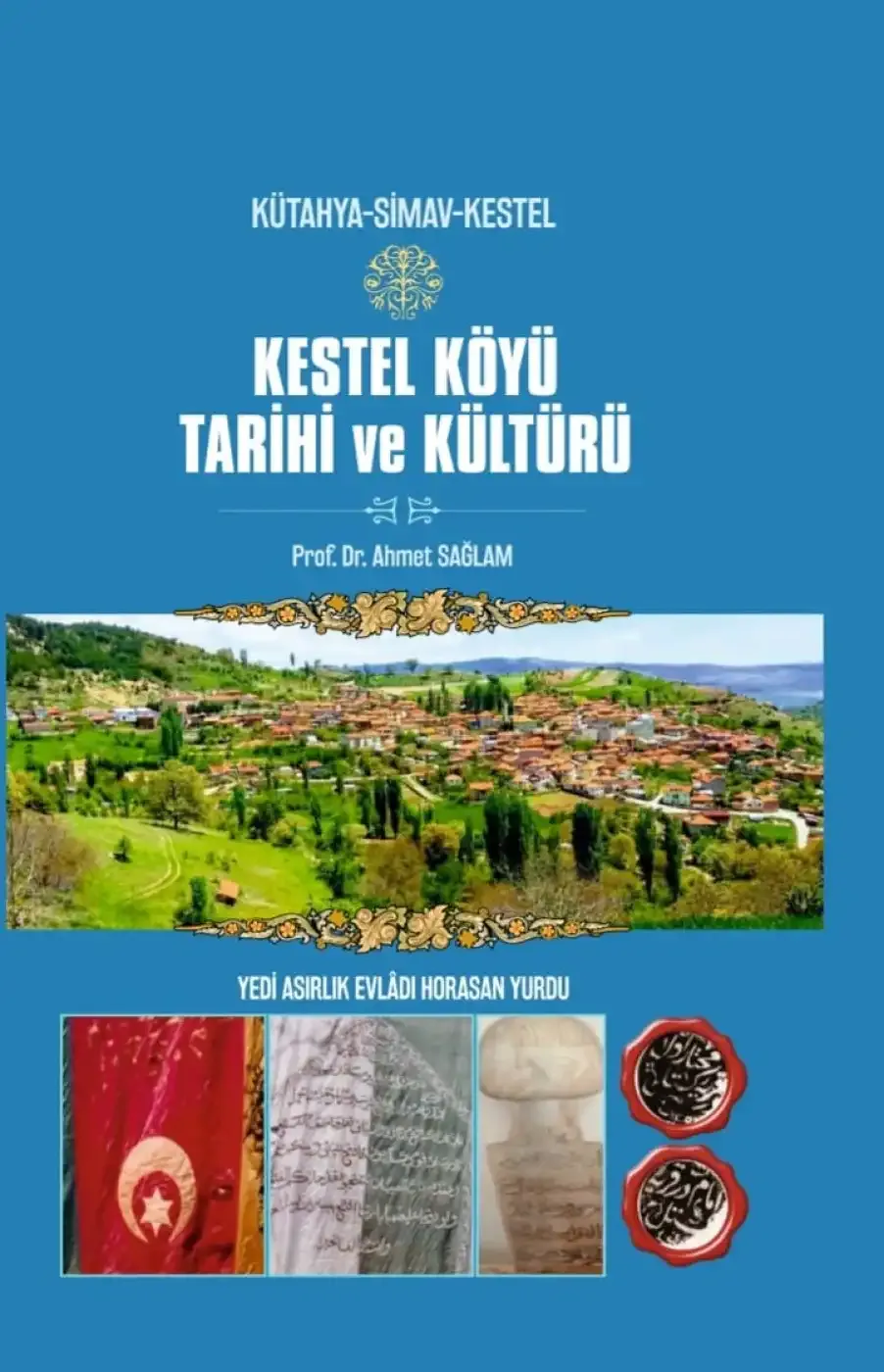
Diğer Haberler



